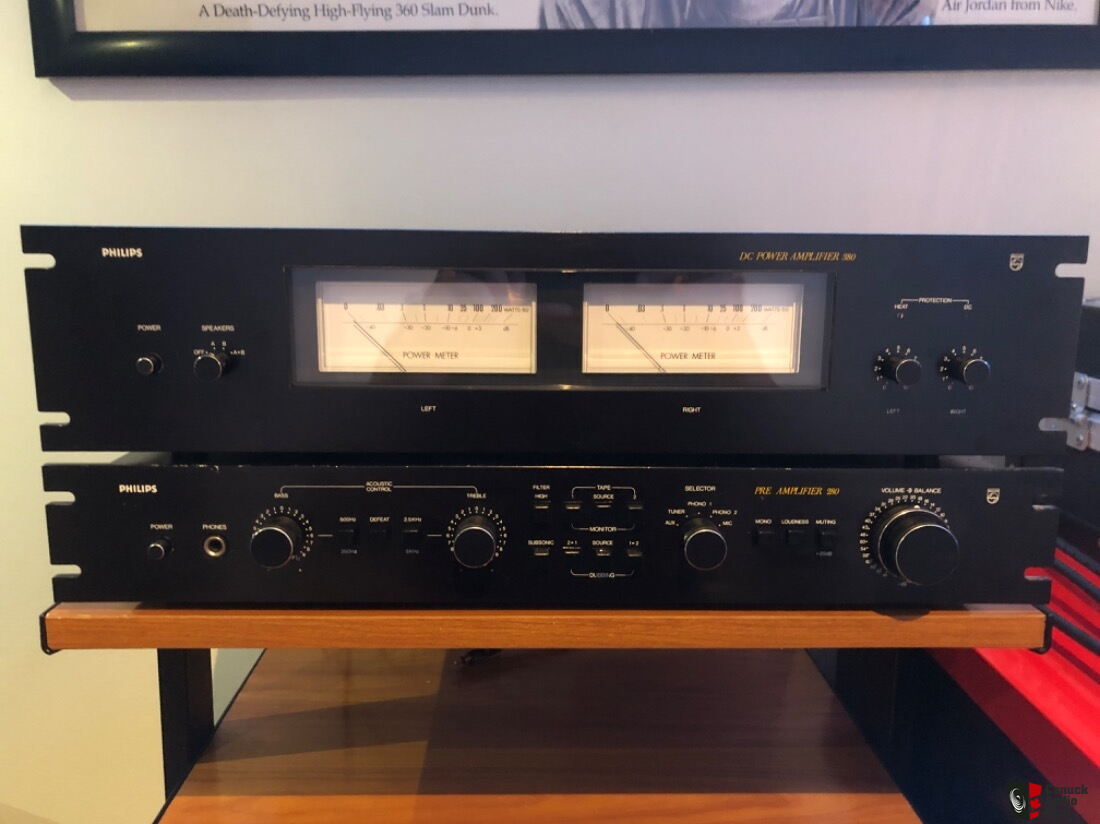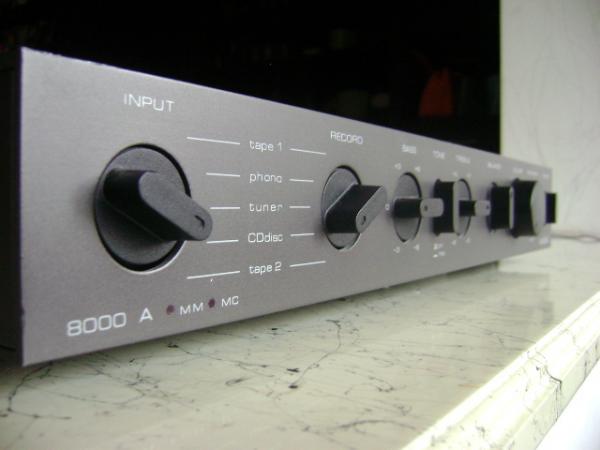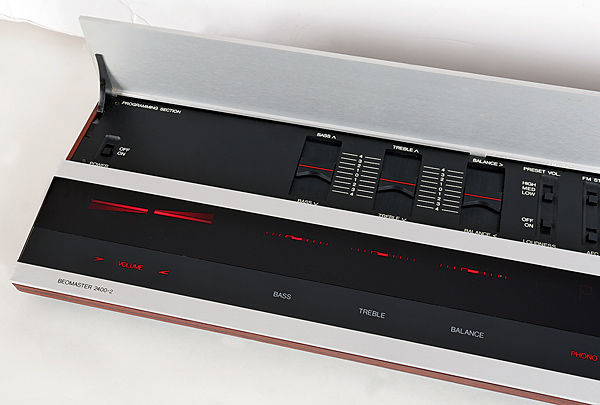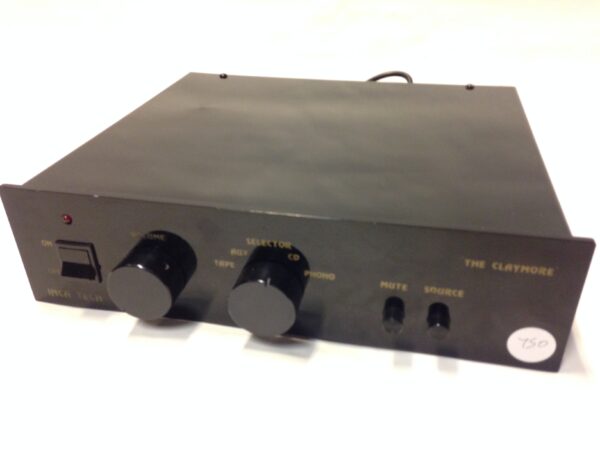Rogers was one of the most well-known hi-fi brands in the United Kingdom in the 1970s. Originally created in 1947 by Jim Rogers to produce speakers such as the Theatrical Horn Loudspeaker, the company later gained the license to manufacture BBC monitors and sold tens of thousands of LS3/5as, LS 5/1s, and L 5/9s, the vast majority of which went to recording studios.
It also sold some small but elegant integrated amplifiers like the Cadet and Ravensbrook, but it wasn’t until 1975, when the firm went into receivership and was acquired by Swisstone, that it released a really high-quality amplifier and matching tuner. The A75 was pricey, costing roughly £220 at a time when a Linn Sondek LP12 turntable cost significantly less, and produced 45W RMS per channel, which was a lot of power for the time.
It was a large gadget, measuring 360x120x300mm and weighed around 10kg, with a black shell topped with teak end caps, as was the fashion at the time. It was carefully styled, which is why it hasn’t aged much over time, as it was never a fashion victim. The fascia was uncluttered but densely packed with controls for treble, bass, balance, and volume, as well as a high filter (with switchable 6 and 9kHz turnover points), an auxiliary DIN input, and loudspeaker switching.
A bank of input selectors, including two tape monitors, ran down the right side, with equivalent DIN inputs around the rear. Push-fit speaker terminals are also installed, which are fairly rudimentary (by today’s standards). When the A100 was released in 1980, it ditched the DIN connectors in favour of RCA phono sockets, adding an extra 10W per channel (claimed). Aside from that, the A75 and A100 were extremely identical in appearance.
Despite its capabilities, the Rogers A-series never exactly lit the globe on fire in terms of sales. They were up against some stiff competition: the A100 cost £344, putting it up against the excellent Nytech CTA 252XDII receiver, and the Rogers couldn’t match the Nytech’s transient speed and grip, even if it was more powerful. It did, however, have a gorgeous, adorable,
The A75 and A100 sound great, with lots of power and control; the only critique is that more recent amplifiers are more insightful and transparent, lacking the Rogers’ slightly veiled tone. The matching T100 tuner was also a welcome addition, albeit not class-leading. All are good second-hand buys; they appear to have held up well and don’t command exorbitant prices; if you’re patient, you can pick up a well-preserved A75 for £150 or less.







